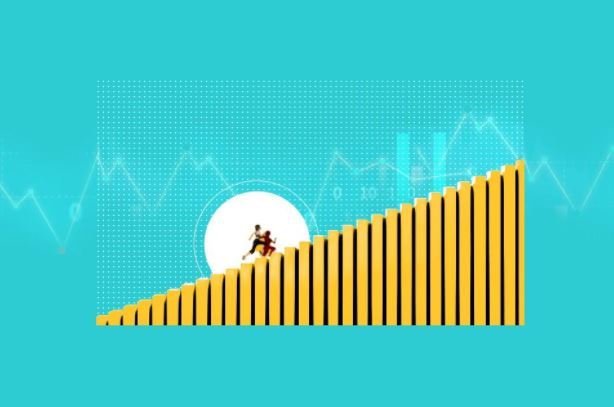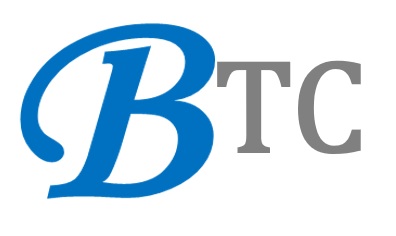
5 Steps to Hold Employees Accountable for Getting the Right Things Done
Employers and business consultants talk a lot about employee engagement these days. It would be hard to argue that engagement is not important but engagement is really a proxy for something that employers are actually far more interested in—productivity. Clearly employees can be engaged, but not productive.
Consider a situation where a group of employees has been assigned to work on a special project. They gather together as a group and meet frequently. They’re excited about the project and the process. They’re really working well with each other. So well that many of their meetings—which are occurring through a combination of online and in-person connections—are spent more on brainstorming and friendly debate than actual output related to the project.
They’re engaged. But they’re not productive. There’s a difference.
So what steps should employers and their leadership and management staff be taking to monitor productivity? Here we offer five steps for holding employees accountable for getting the right things done.
1. Establish clear expectations
Managing in a remote or hybrid work environment brings issues of productivity and accountability to mind for many managers. The first step in ensuring that employees will be productive—in any work setting—is to establish clear expectations. What does productivity look like for the role the employee is in? What are their expected deliverables? What level of quality and output is expected of them?
It is literally impossible to measure productivity accurately if expectations have not been established. Those expectations also need to be conveyed in a quantitative and measurable way.
2. Make them measurable—and meaningful
Time spent and hours worked are not meaningful metrics. That’s a lesson that Hosea Chang, Chief Operating Officer of Hayden Girls, an apparel brand, has learned during the pandemic. Through his experiences trying to keep workers engaged and productive in a new hybrid work model, Chang says the company shifted from using time logged into the work portal as a measure of productivity to a different group of measures that are more meaningful in terms of productivity.
“Email responses are our biggest factor, and we use random email check-ins at multiple times throughout the day to ensure that employees are on track,” Chang says. Daily work calls at the beginning and the end of the day are also used. These calls, Chang says, can be used to create micro goals for each workday. “Make these micro goals real, write them down, and hold people accountable,” he advises.
3. Ensure that employees explicitly understand what’s expected of them
Establishing measurable metrics is important, but not enough to ensure that employees fully understand what is expected of them.
One of the simplest steps that managers can take is to ask employees to tell them what they believe is expected of them. Asking employees to confirm in detail that they understand the goal and that they have a plan to achieve the goal is a crucial step that can make the difference between consistent high performance and average performance.
Asking employees to create a scope of work (SOW) document can be a good way to explicitly ensure this understanding. Is their vision of what you’re asking for aligned with your vision? Work together to clearly outline deliverables and the timelines associated with those deliverables.
4. Track progress
Today’s technology options offer effective and often seamless ways to track progress toward established outcomes. This type of tracking provides a feedback loop for managers as well as employees. The ability to monitor their own output can be both motivating and engaging. For management and leadership these metrics can aid in making decisions about how and where work is done, who does it, and whether additional resources may be needed. Rolling individual metrics up to a macro level can aid in both short- and long-term planning.
5. Follow up
While technology can help significantly in terms of follow up and feedback, the human element is also required. Supervisors and managers need to augment automated reporting by staying in touch with employees and offering coaching, counseling, and support. What are they doing well? What could they improve? Should productivity goals be adjusted?
Engagement matters. It only matters, though, if it leads to productivity. If it doesn’t, it may actually represent lost opportunity and wasted resources.
Rob Cross is a global leadership professor at Babson College, cofounder and research director of the Connected Commons business consortium, and author of BEYOND COLLABORATION OVERLOAD: How to Work Smarter, Get Ahead, and Restore Your Well-Being (Harvard Business Review Press; September 14, 2021). Cross points to research conducted by the Connected Commons across 300 organizations over 20 years which indicates that collaboration today is not just dysfunctional, but crippling.
Dysfunctional collaboration can be a drain on time, energy, and productivity. Cross argues that as employees head back into the office and engage in more in-person work with team members, it’s important to be intentional about the time spent working with others to make collaboration both efficient and effective.
With research broadly suggesting that employees, including knowledge workers, have actually been more productive working from home, employers need to be alert to the potential to lose some of this productivity as they return to the workplace.
Following the steps above can help employers establish a process that supports accountability—and productivity.
This post is written by Ian Cook.
Original post link: https://www.forbes.com/sites/visier/2021/09/01/the-difference-between-employee-engagement-and-productivity/?sh=77833a28918a

